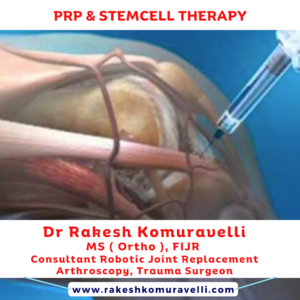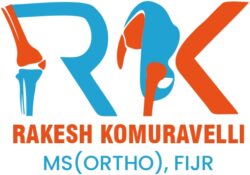

Platelet-Rich Plasma (PRP) and Stem Cell Therapy are two advanced medical treatments that are gaining popularity for their potential to promote healing and reduce pain in various conditions. These treatments use the patient’s own blood or cells to stimulate the body’s natural healing processes.
PRP Therapy: PRP therapy involves taking a sample of the patient’s blood and using a centrifuge to isolate the platelets. Platelets contain growth factors that can promote healing and regeneration of tissue. The concentrated platelets are then injected back into the patient’s body at the site of injury or pain.
PRP therapy has been used to treat a variety of conditions, including osteoarthritis, tendonitis, and sports injuries. It may also be used in cosmetic treatments to promote hair growth or reduce the appearance of wrinkles.
Stem Cell Therapy: Stem cells are cells that have the ability to differentiate into various types of cells, such as bone cells, cartilage cells, and muscle cells. Stem cell therapy involves taking a sample of the patient’s own stem cells and injecting them into the area of injury or pain. The stem cells then differentiate into the type of cells needed to promote healing.
Stem cell therapy has been used to treat a variety of conditions, including joint injuries, spinal cord injuries, and autoimmune diseases. It may also be used in cosmetic treatments to promote skin rejuvenation or hair growth.
Both PRP and Stem Cell Therapy are considered minimally invasive procedures and are generally well-tolerated by patients. These treatments may be used alone or in conjunction with other treatments, such as physical therapy or surgery. The benefits and risks of these treatments may vary depending on the individual patient and the condition being treated.
It is important to seek treatment from a qualified healthcare provider who is experienced in these advanced therapies. Your healthcare provider will evaluate your condition and determine if PRP or Stem Cell Therapy may be appropriate for you. As with any medical treatment, there are potential risks and benefits to consider, and your healthcare provider can help you make an informed decision.
PRP (platelet-rich plasma) therapy is a type of regenerative medicine that uses a patient’s own blood to stimulate healing and tissue regeneration. Blood is drawn and processed to concentrate platelets, which contain growth factors that can promote healing when injected into an injured area.
Stem cell therapy is a type of regenerative medicine that uses stem cells to repair damaged tissue and promote healing. Stem cells can be obtained from a patient’s own body or from a donor, and can be used to treat a variety of conditions, including joint injuries, musculoskeletal conditions, and chronic diseases.
PRP therapy involves injecting the concentrated platelet-rich plasma directly into the injured area, while stem cell therapy typically involves injecting stem cells into the affected area or using them in a surgical procedure.
PRP and stem cell therapy can be used to treat a wide range of injuries and conditions, including joint pain, osteoarthritis, tendonitis, ligament injuries, and muscle strains.
Both PRP and stem cell therapies are generally considered safe, as they use a patient’s own cells and do not pose a risk of rejection or disease transmission. However, as with any medical procedure, there are potential risks and side effects, including infection and allergic reactions.
Recovery after PRP and stem cell therapy varies depending on the specific injury or condition being treated. In some cases, patients may experience some soreness or swelling at the injection site, but most are able to return to normal activities within a few days to a few weeks.
PRP and stem cell therapies may be covered by some insurance plans, but coverage varies depending on the specific treatment and the insurance provider. Patients should check with their insurance provider to determine coverage and eligibility.

